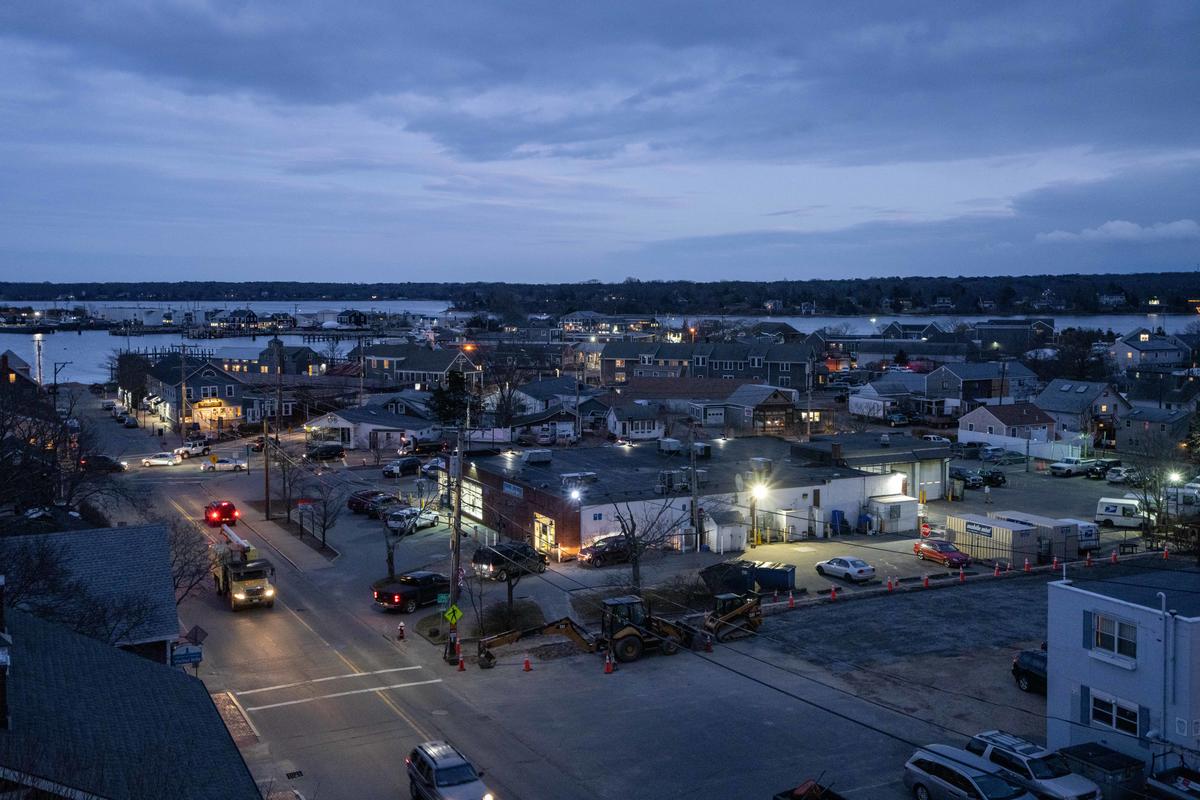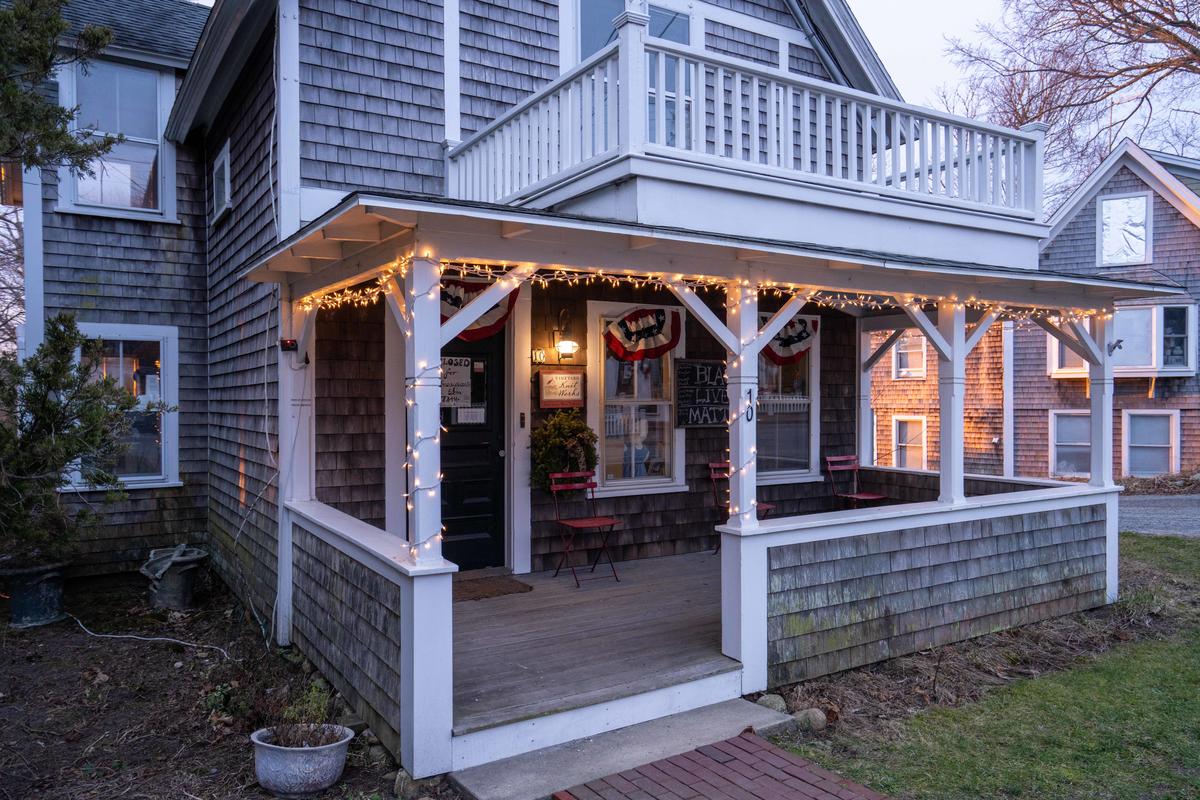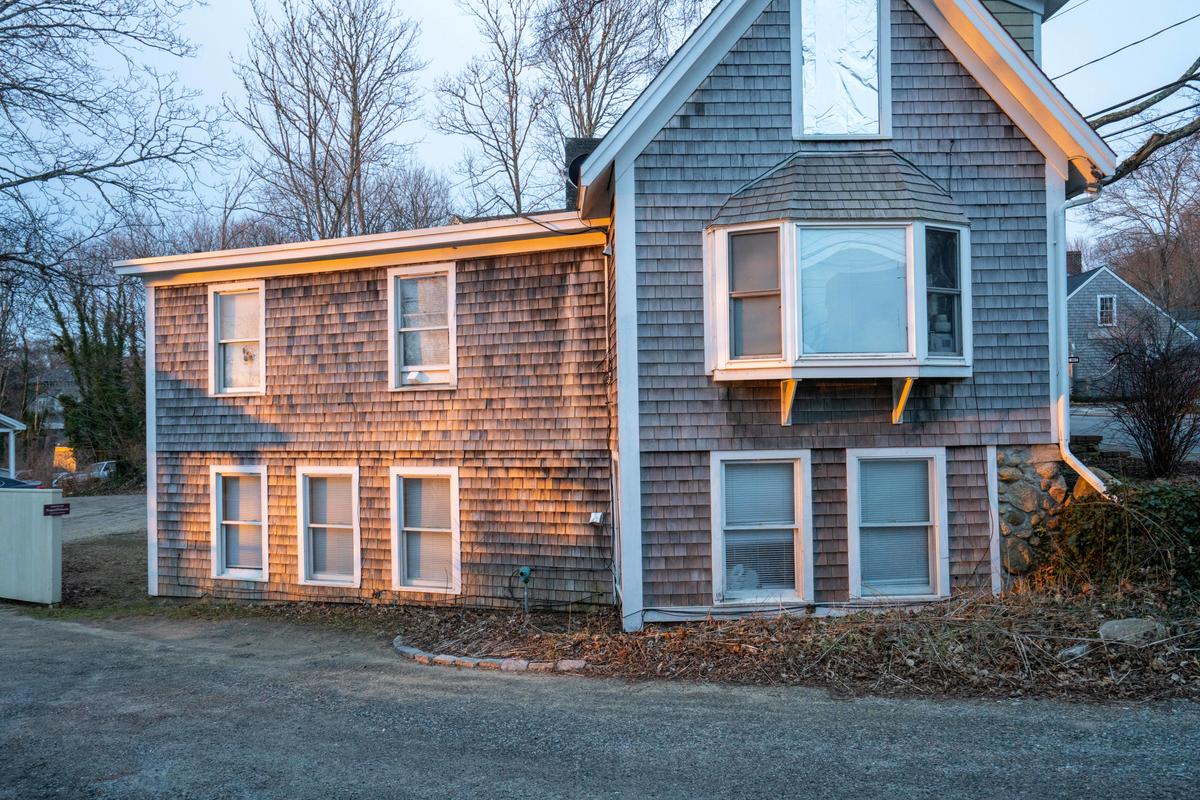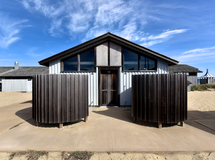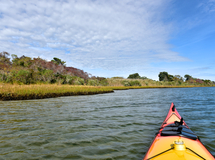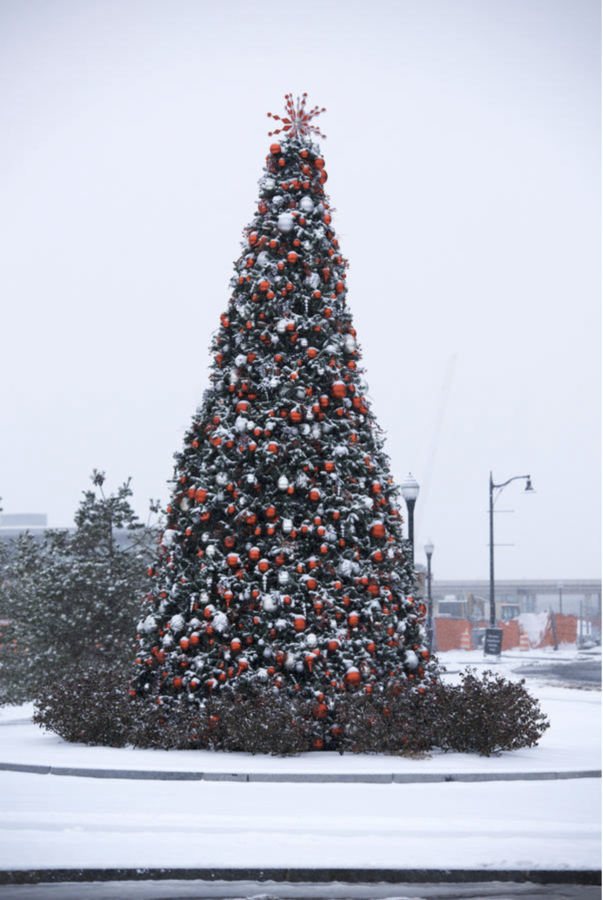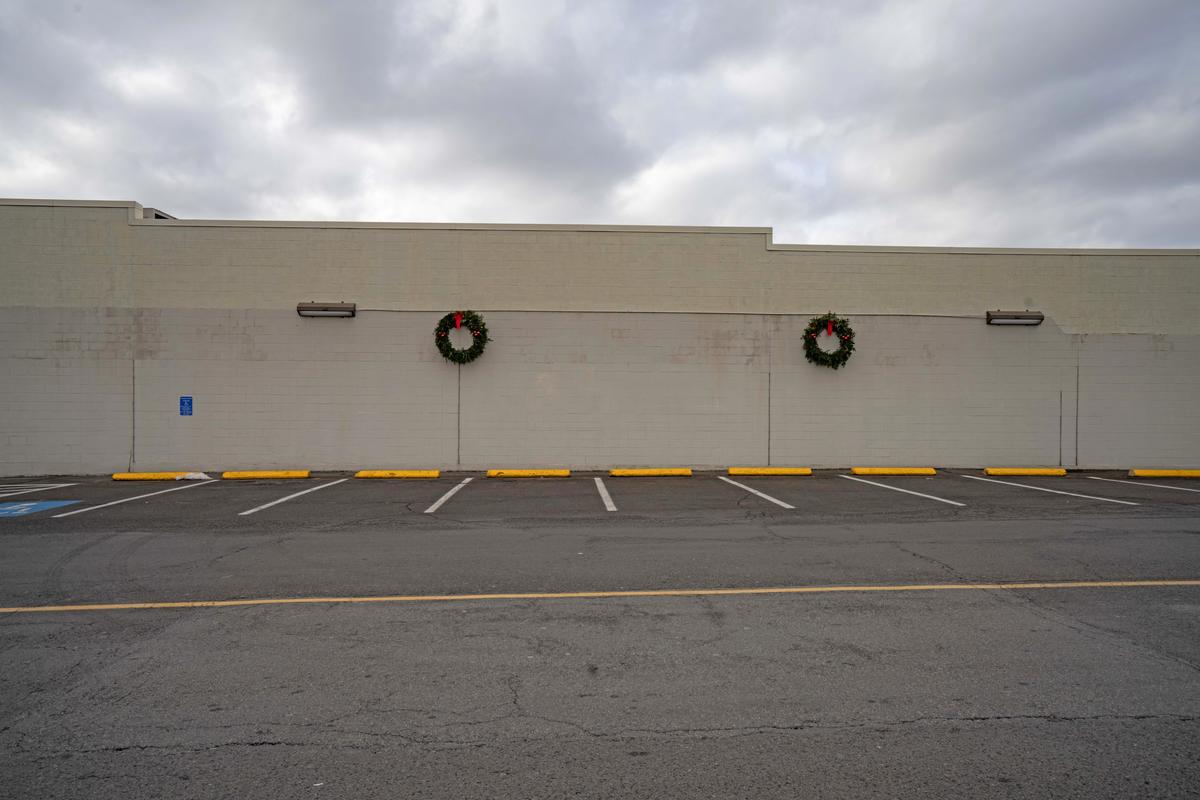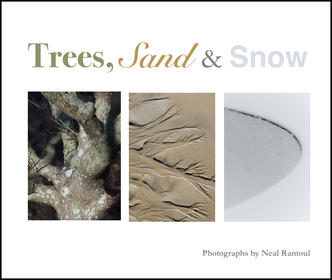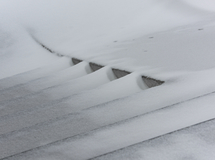Although I was never particularly uncomfortable photographing with others and would often take students on field trips, either during class but also on weekends or even longer, over my career my best pictures have been made by being alone. A camera, some film, a lens or two, or more recently an empty card and a full battery. But just me, my thoughts, whatever perceptions I may have, leaning on experience and a "what if?" attitude.
Much of my work and over my career has been based on traveling someplace to make my art. Earlier there were countless day trips, necessitated by being very busy, with teaching (many years at Northeastern and Harvard simultaneously) and being a father. I've lived in New England my whole life and it has been a rich environment in which to be a photographer. Also, I couldn't afford trips away frequently. Later, as my daughter grew and went away to school, and my income was better, I could get away, mostly on spring or summer breaks for longer periods, ten days or two weeks, or for many many years, teaching in Italy for a summer term, with free time on the weekends to take off in a rented car, explore and make pictures. I found the Dolomites this way, ski areas high in the mountains with barren slopes in the summer, the city of Trento north of Venice on the edge of the mountains, German and Italian cultures melded together, or on the Mediterranean along the coast.
And over twenty-five years and close to as many trips to the wheat fields of the Palouse in southeastern Washington. Really only one reason: to photograph. Get up early and after breakfast, get going. Up from Pullman or my base for years at the Best Western in Colfax. A vast expanse of rolling hills of wheat, lentils, safflower, peas.
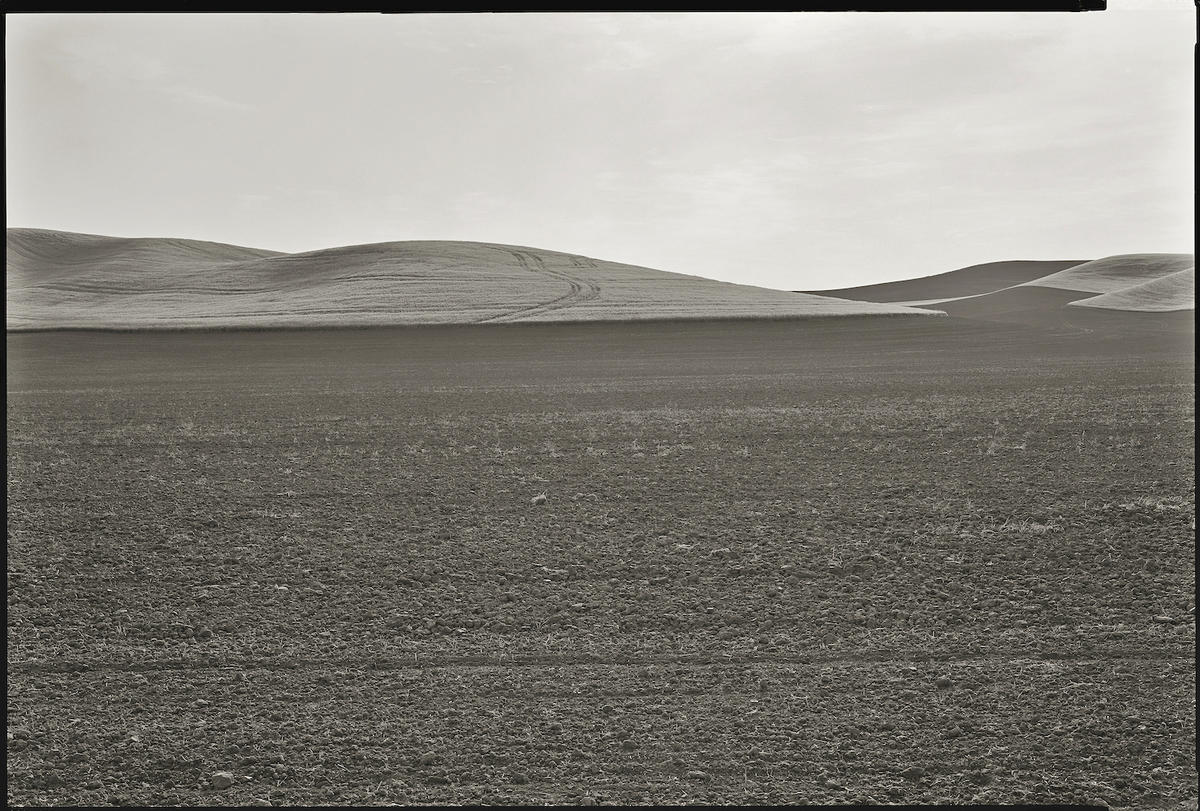
In the early years in the 90's, drive, stop, haul out the tripod, unfold the 8 x 10, hang the meter around my neck, pull out the case of holders, swing it all over my shoulder, walk to where I would make the picture, open the lens, go under the black cloth, focus, adjust, come out, close the lens, point the meter at my subject, set and cock the lens, insert the holder, pull out the slide, click the shutter, reinsert the slide black side out, throw it all over my shoulder, walk back to the rental, dismantle it all so it would fit in the car, get back behind the wheel, drive until time to repeat the process all over again, hour after hour and day after day.
This all got a little easier when I began to take digital seriously in about 2006.
Looking back, I know I wouldn't have made very good company, so inside my head as to be practically non verbal. I wasn't looking for company, I was looking for pictures. Nights were simple as I was so exhausted, that, after unloading and reloading the holders in a closet or a bathroom so I could shoot the next day, I was often done by 8 or 8:30. Meals were solitary, maybe while reading a paperback I'd brought along. I reread some Hemingway on one trip, For Whom the Bell Tolls and A Farewell to Arms, books and ideas not thought of since high school. I often read a Robert Parker novel as it seemed there was a new one every year. I can remember lusting after a cold beer as I worked late in the afternoons on dusty farmer's roads in August heat just before harvest, the wheat like gold, not a barn or a house to be seen.

From a busy and full life, students needing questions answered, help and council, loving my kid or with family on the Vineyard, long days of surf on the beach, but needing and loving this too, days with not a word, the landscape, the sky, and me, tiny and insignificant, a camera, a tripod, a rented Nissan or Chevy or Ford or Kia or Honda from Enterprise, Dollar, Hertz, Avis, or Alamo from the airport two hours north in Spokane.
Seems like countless times, the last one in 2019, like coming back to an old friend, a part of this country that simply doesn't change much. There is comfort in that.
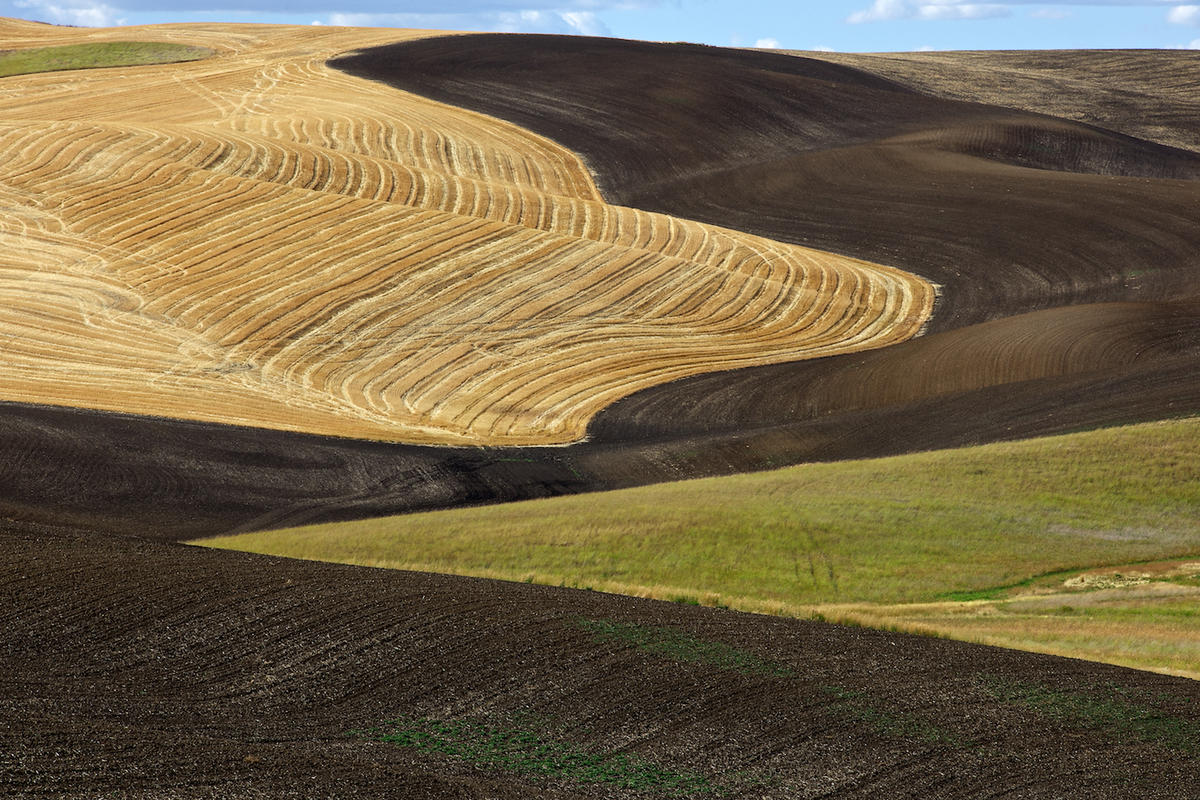
Is it the isolation that advocates for the pictures I make?
There have been a few times where a friend or two came out, joined me for a couple of days to roam the hills. It is only possible to understand the power of this, the Palouse, by being there.
By 2005 I had started making aerials each time I went, a shock sitting so close to the pilot in the small plane I hired. Probably the longest sentences of the trip as I asked him or her to turn right, lift the wing, change the altitude or do a 360 around that, please. Very powerful to capture close to 500 frames in an hour's flight, then head back to the motel room to see that I had done.
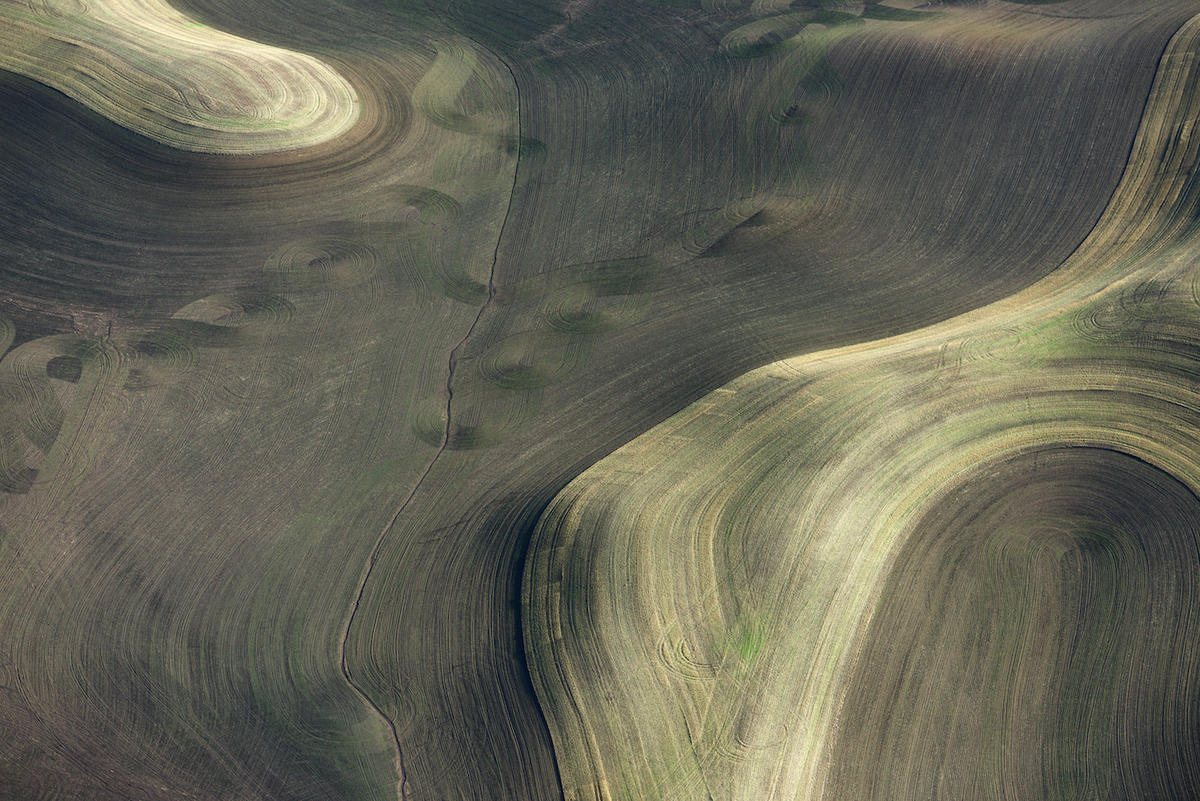
Alone with my thoughts, no distractions, reflecting on my plight, yes lonely but knowing that would end when back home. By that I mean I was smart enough to know that while I was making some wonderful work there was much I was missing in life. Alone had its goods and it had its bads. In the 8 x 10 film days, returning from wherever I was I knew I had months of film developing ahead of me before I was to see anything. Digital changed that. The 8 x 10 was a wonderful economy, a full days shooting being maybe 20 frames. But digital was easily several hundreds of frames a day.
As a teacher I learned it was important to say this to students for they didn't know it innately. This thing is hard work and needs a willingness to sweat, hike, push through and stay on course. There are long hours with little visible reward, practice needed to keep craft and acuity in tune. Lazy just does not work.
I'll leave you with this. In my workshops and adult student teaching over the years I often have people, accomplished perhaps in something else, turning over and into photography, in a hurry to get good very fast. They are seeking a pro's maturity without a pro's history. They wish to be as successful at this as they were at what came before photography. So, these are "know it all" people in the role of being a student. It can be awkward for in photography they know so very little. Often they have all the gear and even the mannerisms down pat, for YouTube videos have given them that. But working in isolation and solo has never entered their heads. Off photographing with a husband or a wife on a nice summer morning they don't know that the partner sitting back there in the car while they traipse around "on the hunt" is a distraction and a conflict to the making of good photographs. They want depth in their pictures but are playing the guessing game of shooting randomly in the hope that something will work out. Taking a trip solo, dedicated to the making of photographs, can be a revelation here, the student understanding that the solitude can lead to seeing through the subject to a deeper meaning.
As I wrote earlier, alone has its goods and it has its bads.
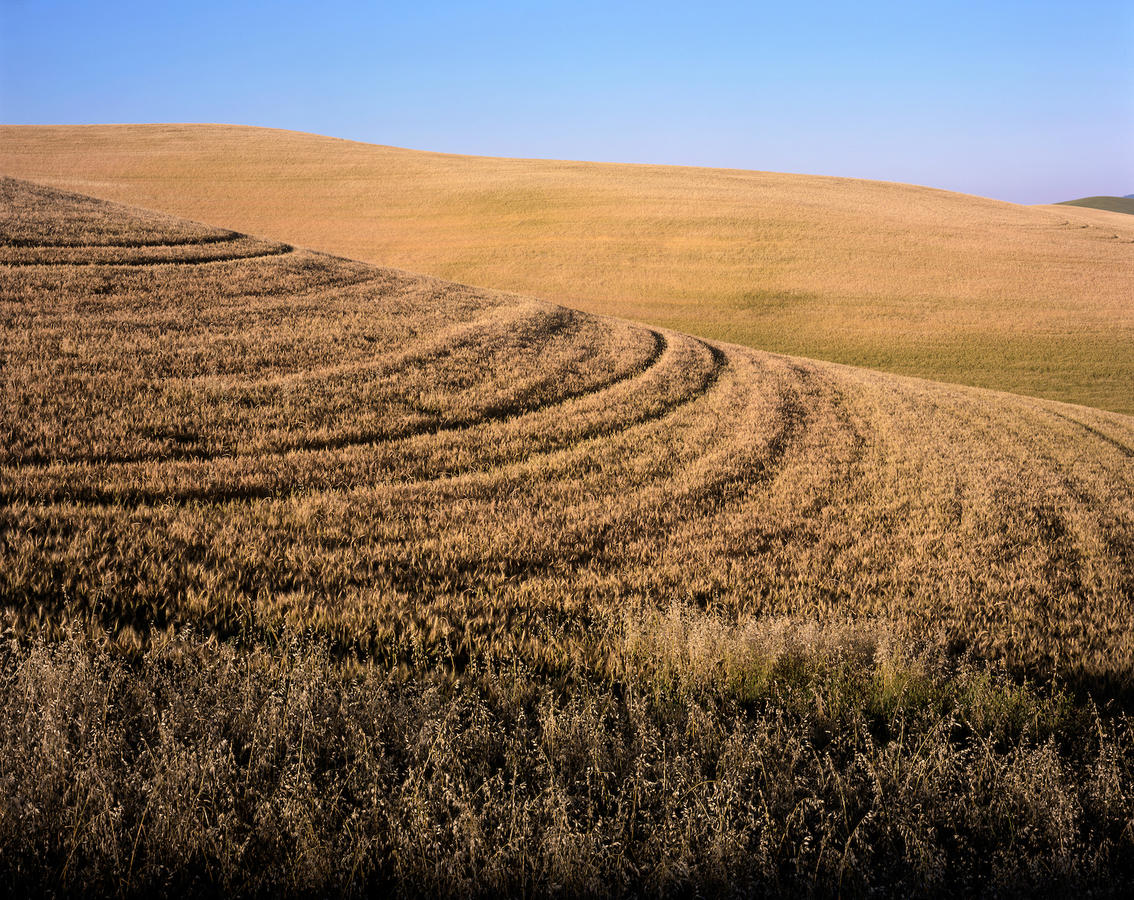
Want to respond? Not hard: here
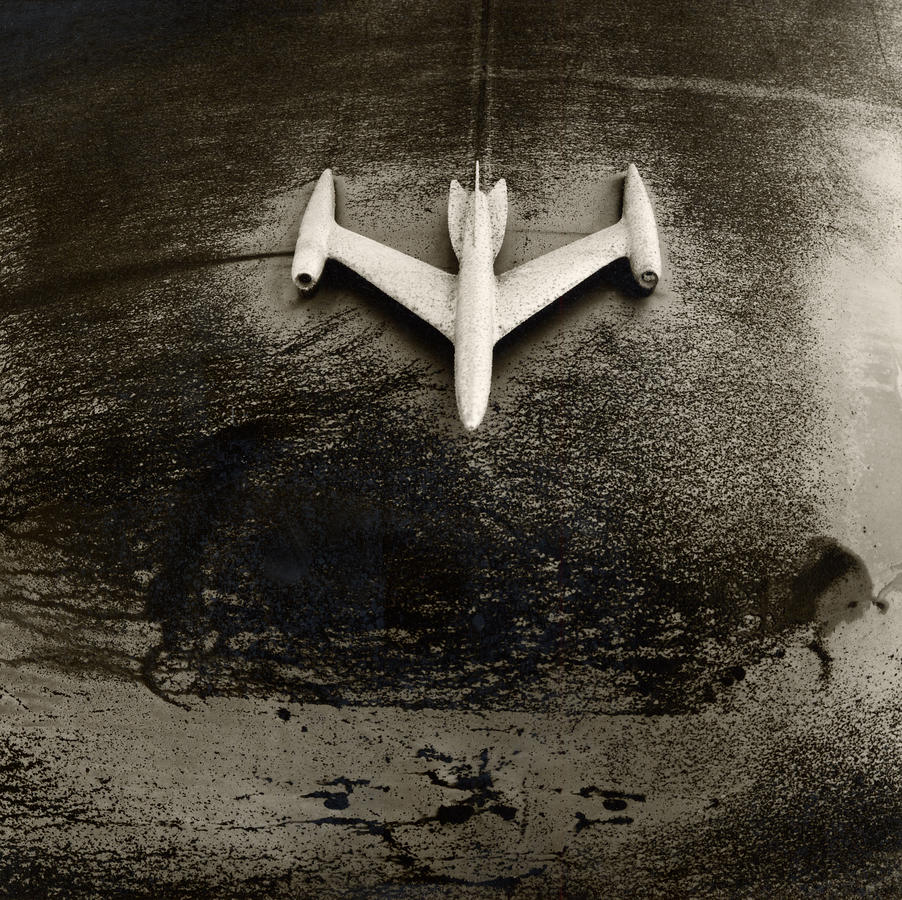
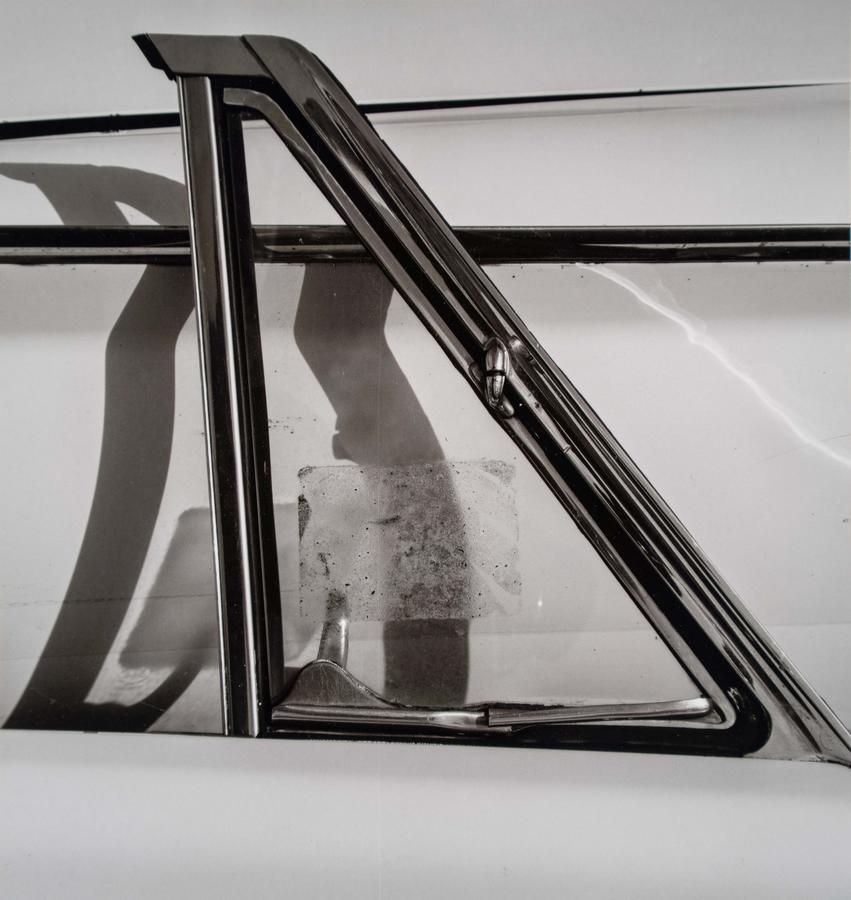
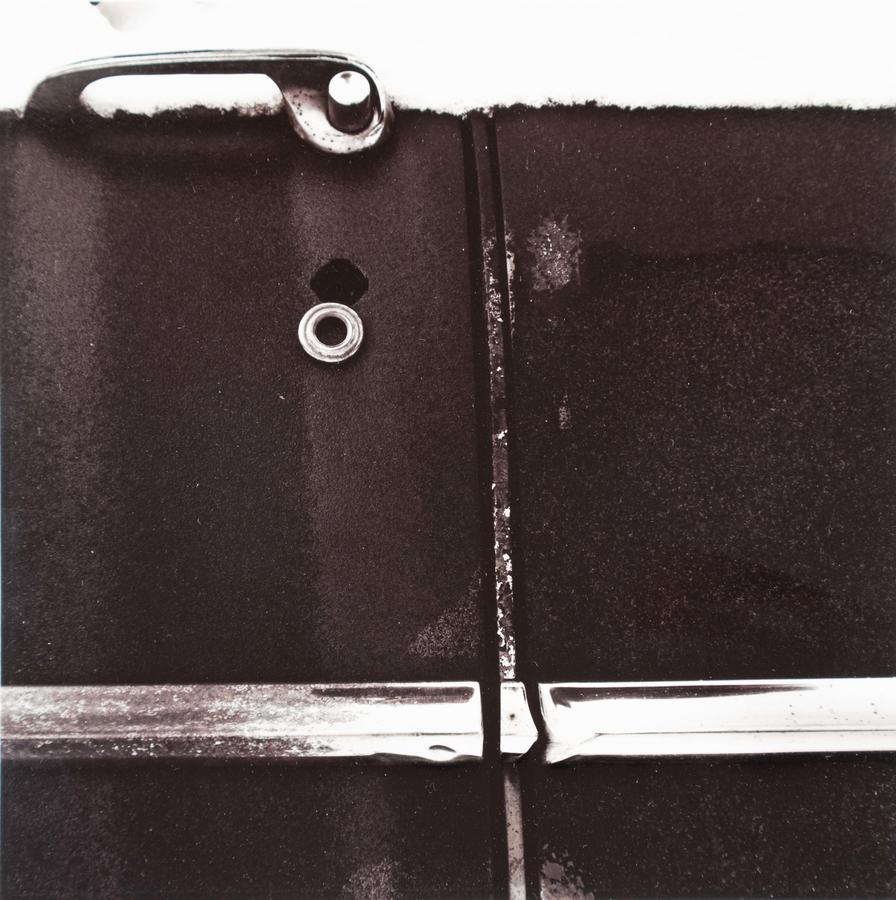
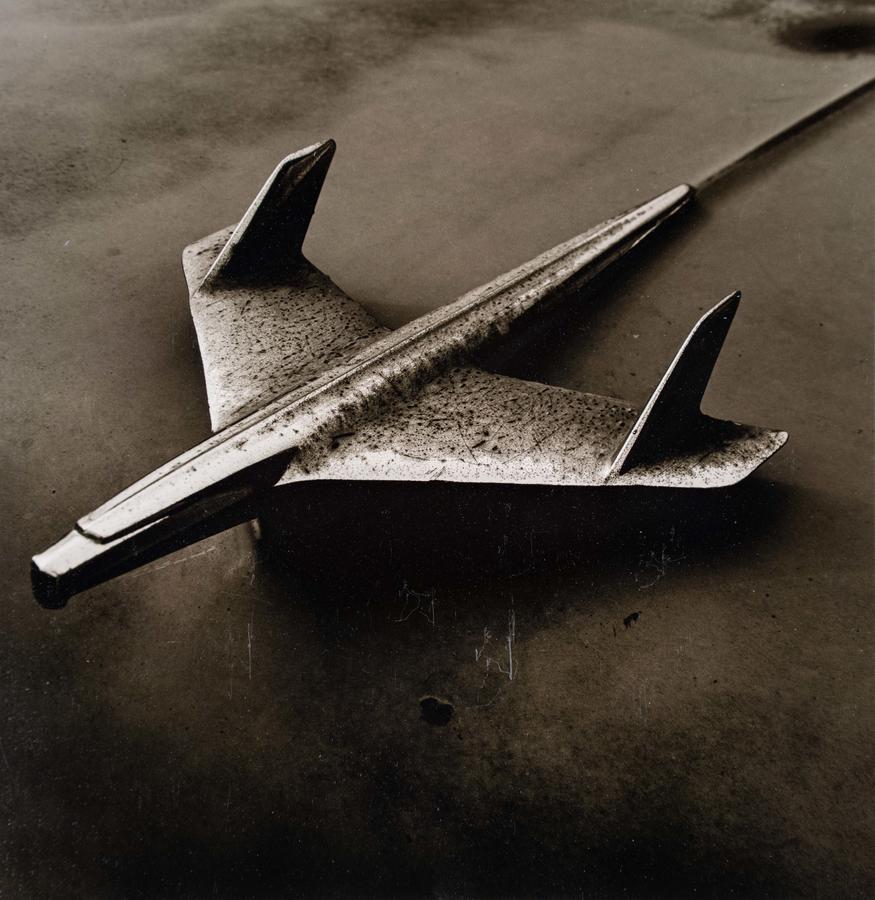

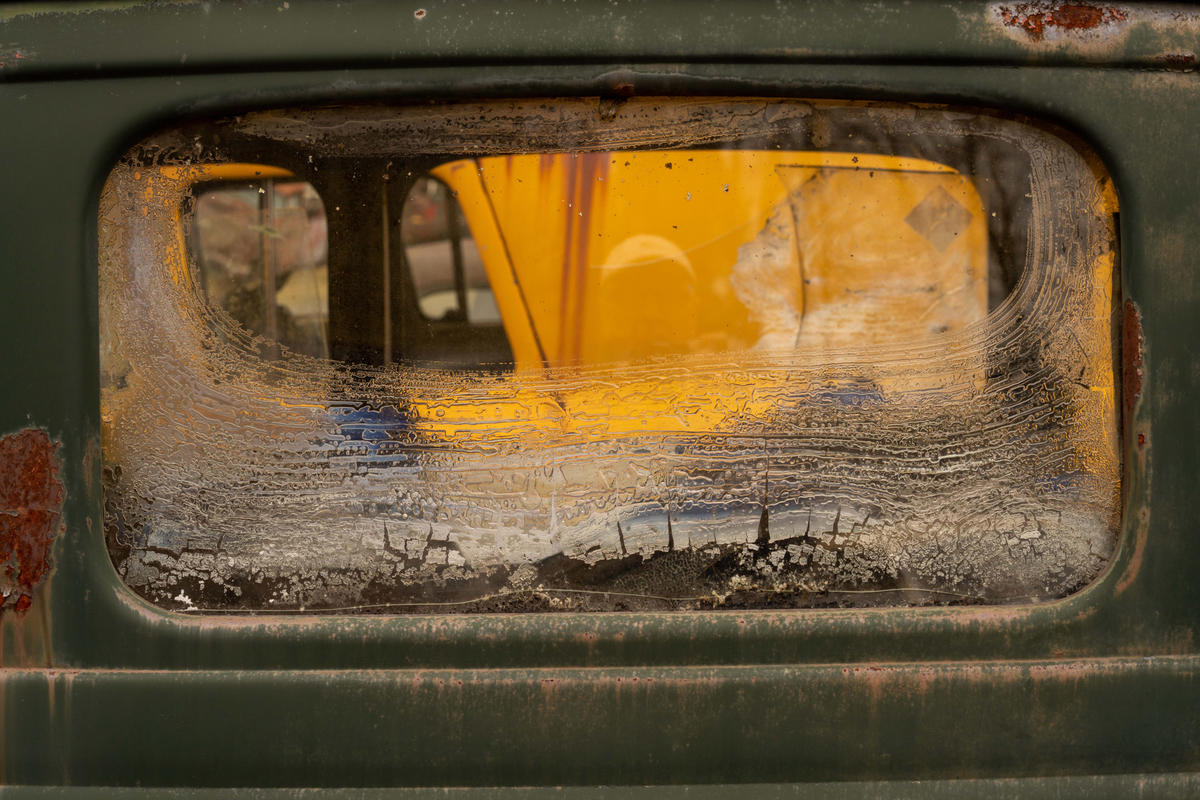
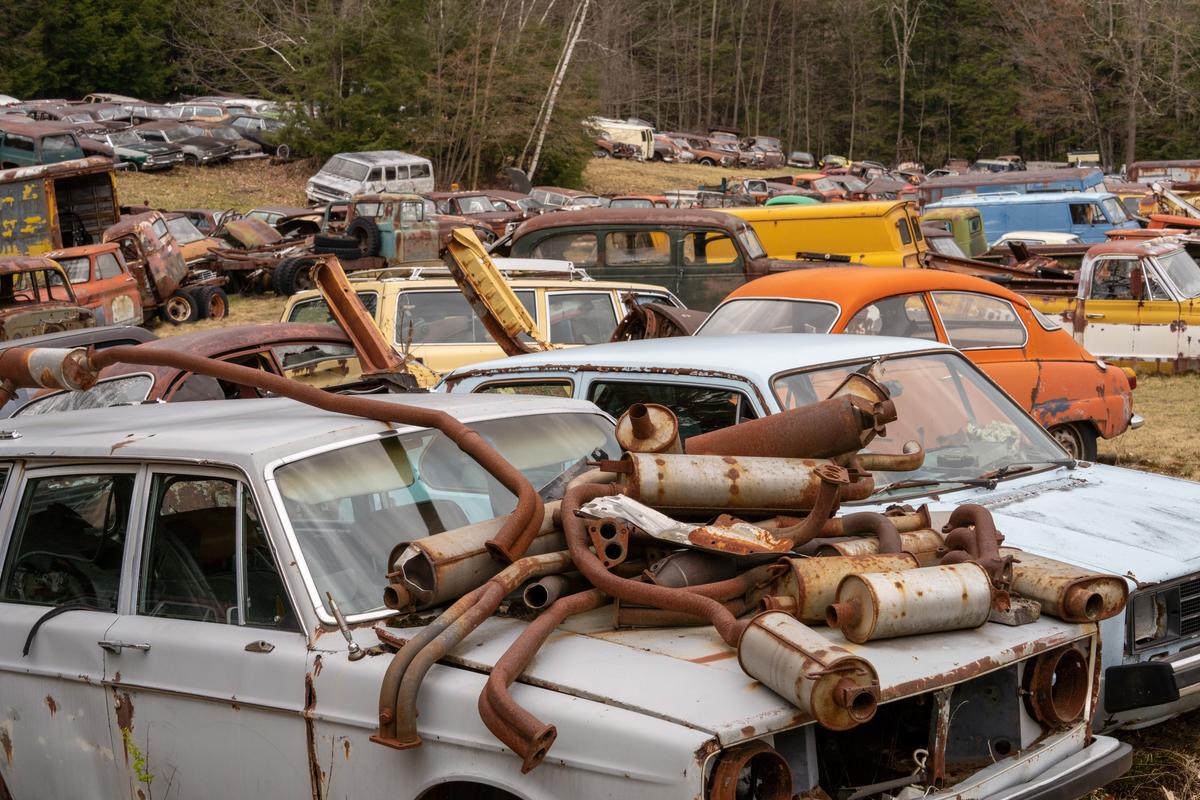 Adler's Antique Auto, Stephentown, NY
Adler's Antique Auto, Stephentown, NY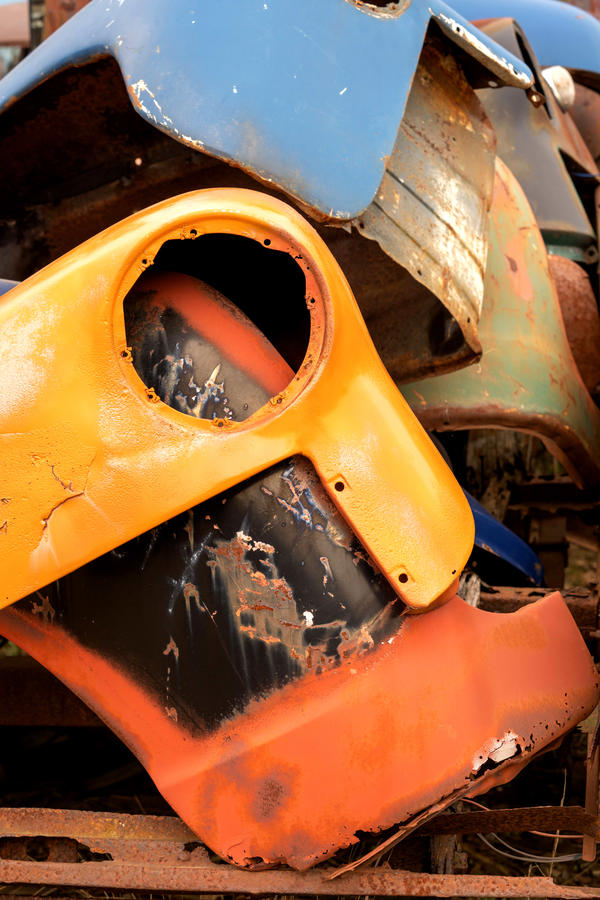
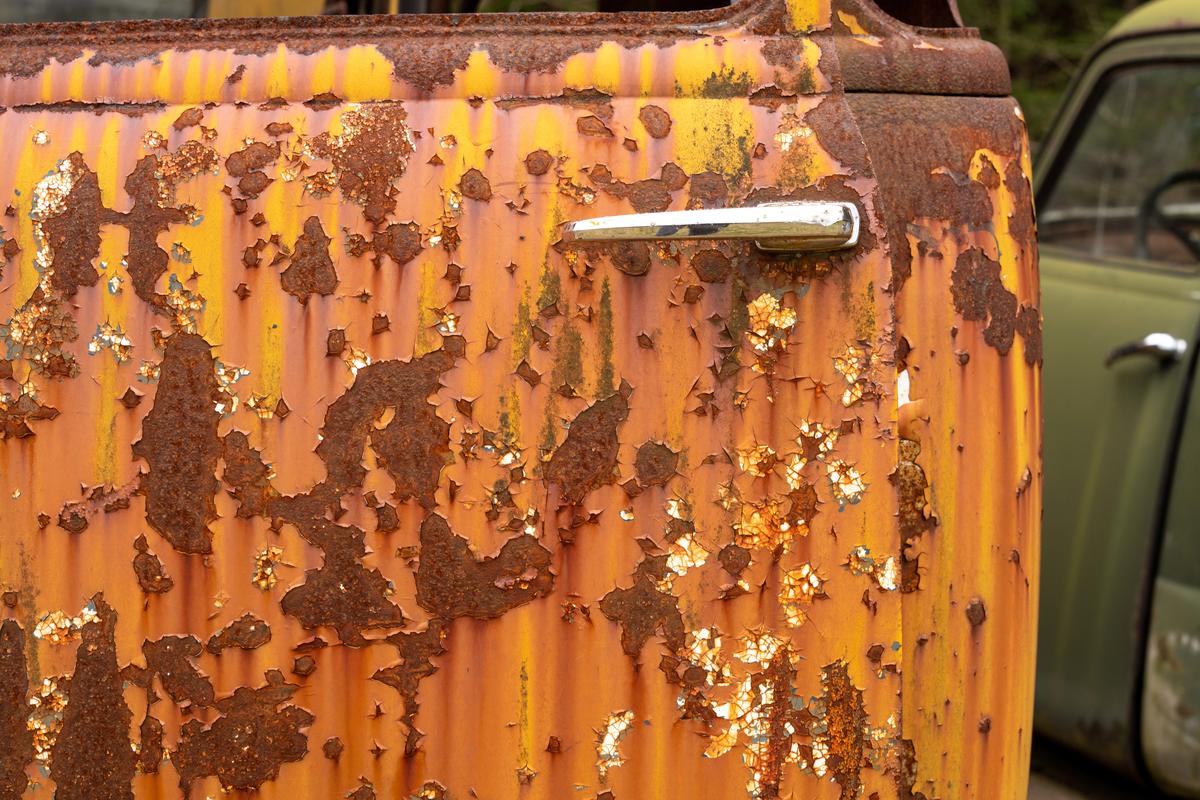
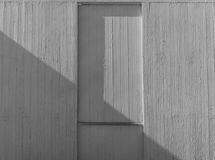





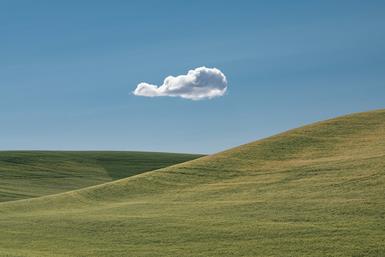
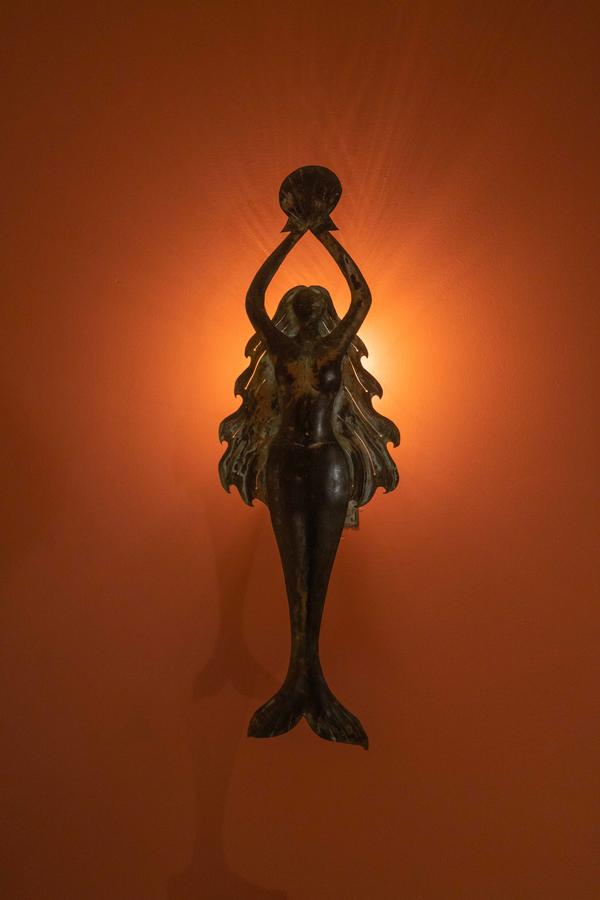 (wall light at the Mansion House Hotel)
(wall light at the Mansion House Hotel)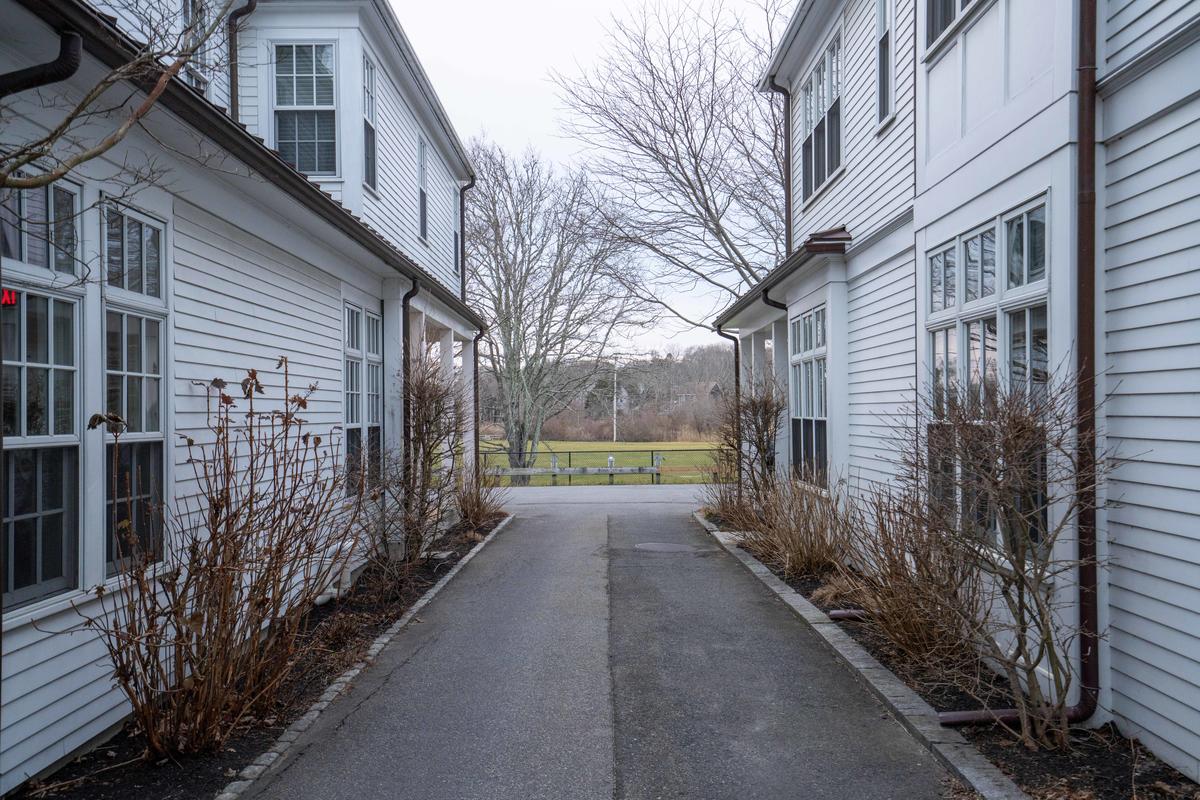
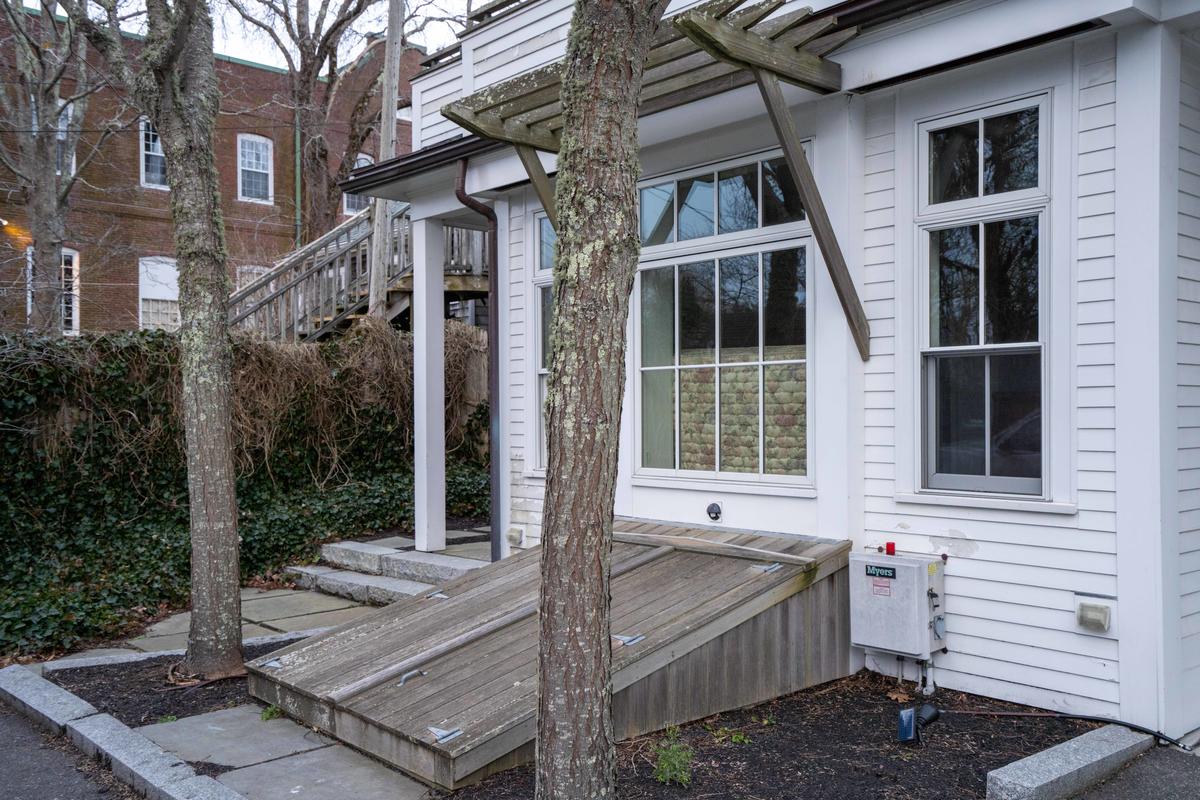

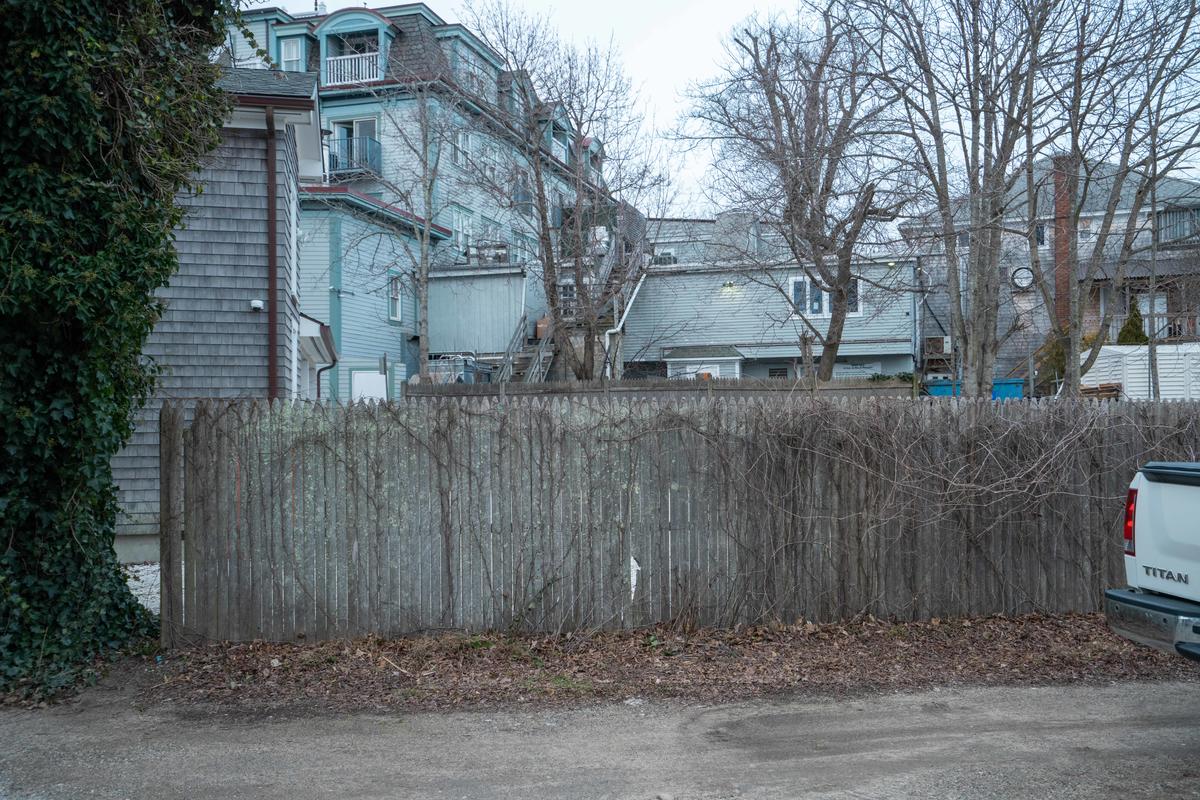
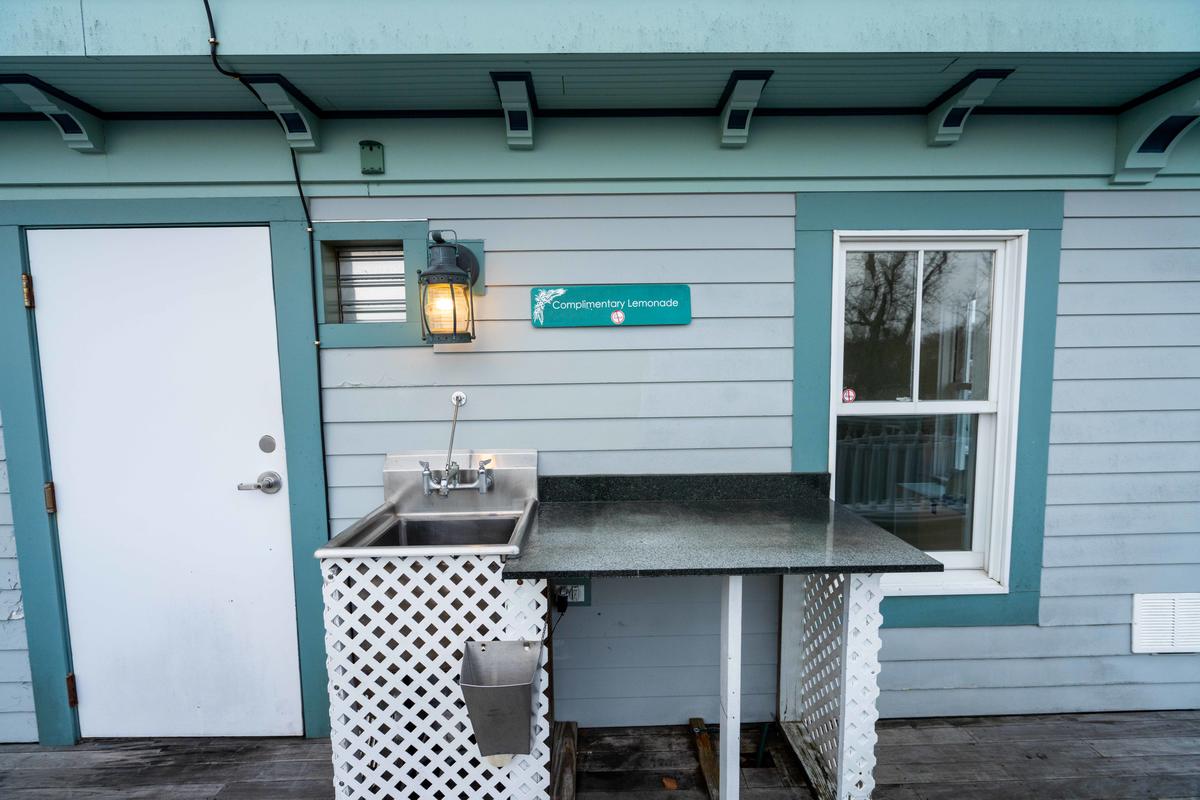
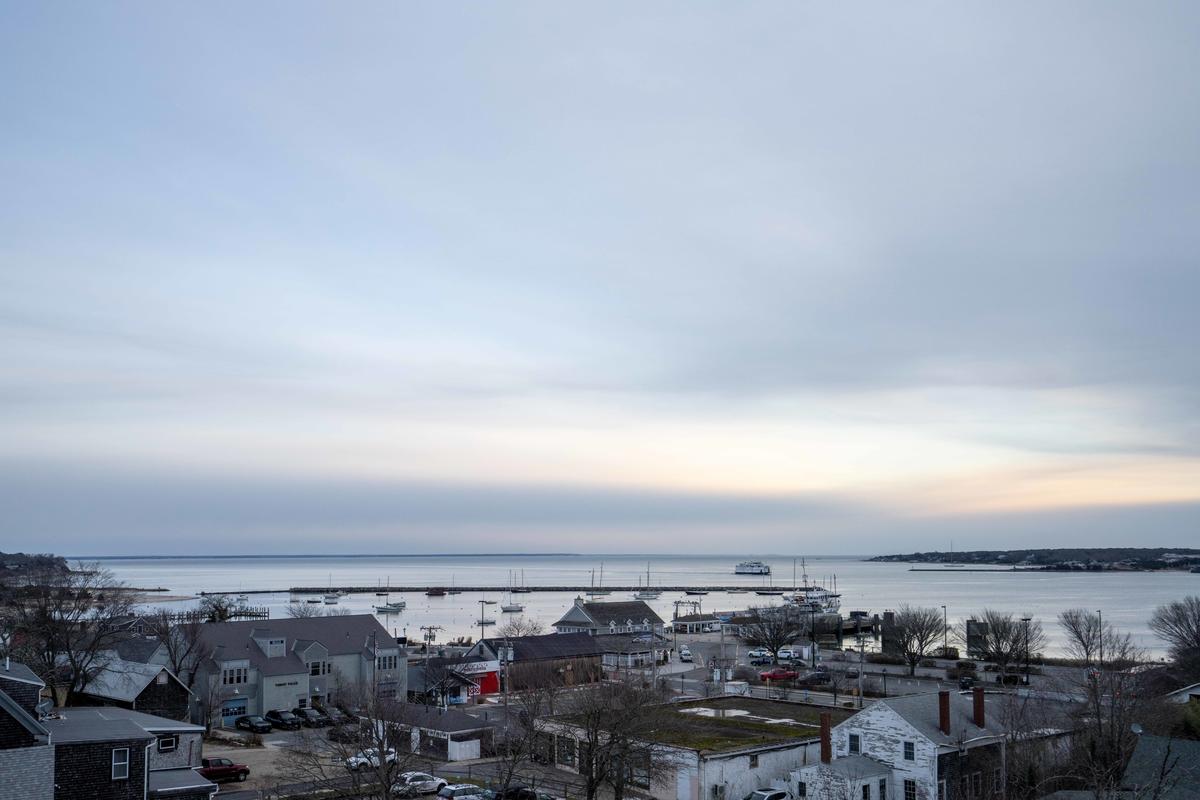
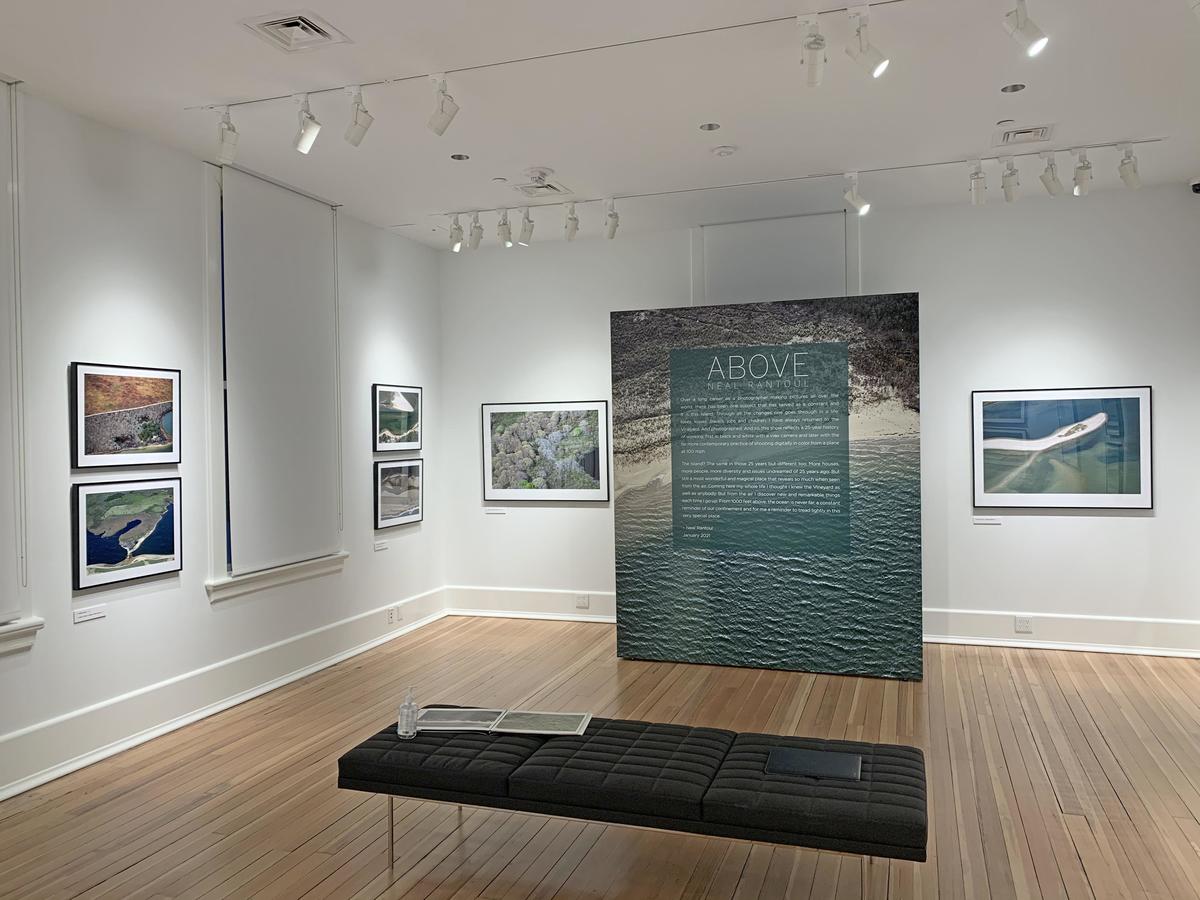

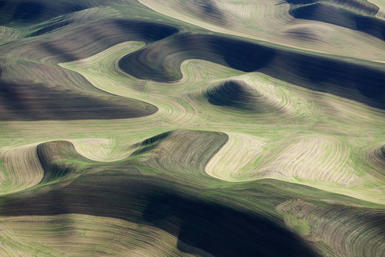
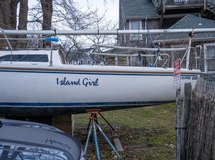
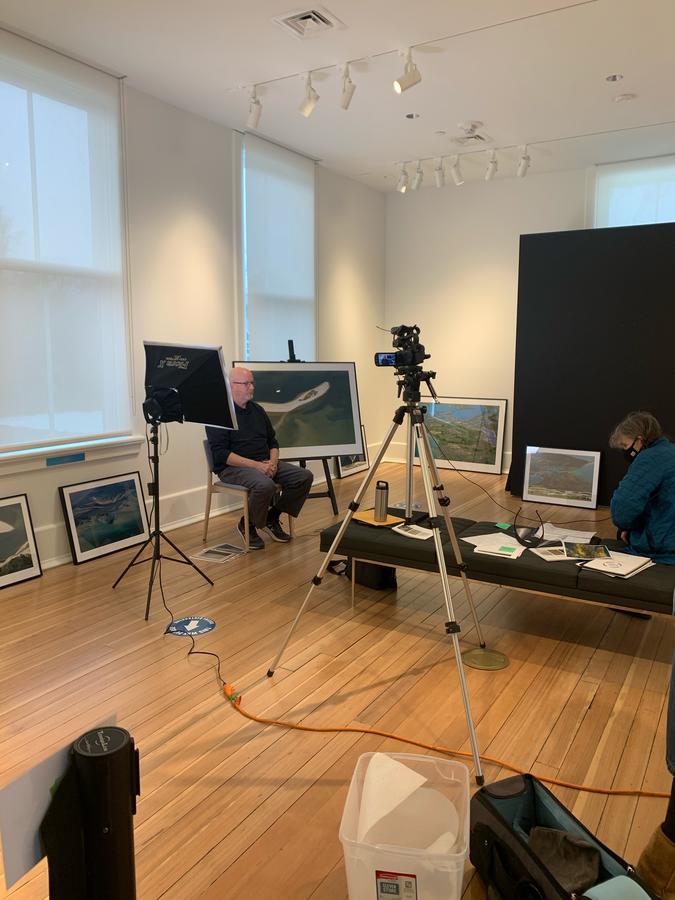 My daughter Maru and I delivered the ABOVE show to the Martha's Vineyard Museum on the 19th and were put up in the Mansion House Hotel nearby that night. The next day (Joe Biden's inauguration day) we were back at the Museum at 9 as they had scheduled an interview and video session for me to answer questions for an oral history. 2 hours later we were in line for the ferry back off the island, the idea being the less exposure and the less contact the better. We were away 24 hours.
My daughter Maru and I delivered the ABOVE show to the Martha's Vineyard Museum on the 19th and were put up in the Mansion House Hotel nearby that night. The next day (Joe Biden's inauguration day) we were back at the Museum at 9 as they had scheduled an interview and video session for me to answer questions for an oral history. 2 hours later we were in line for the ferry back off the island, the idea being the less exposure and the less contact the better. We were away 24 hours.